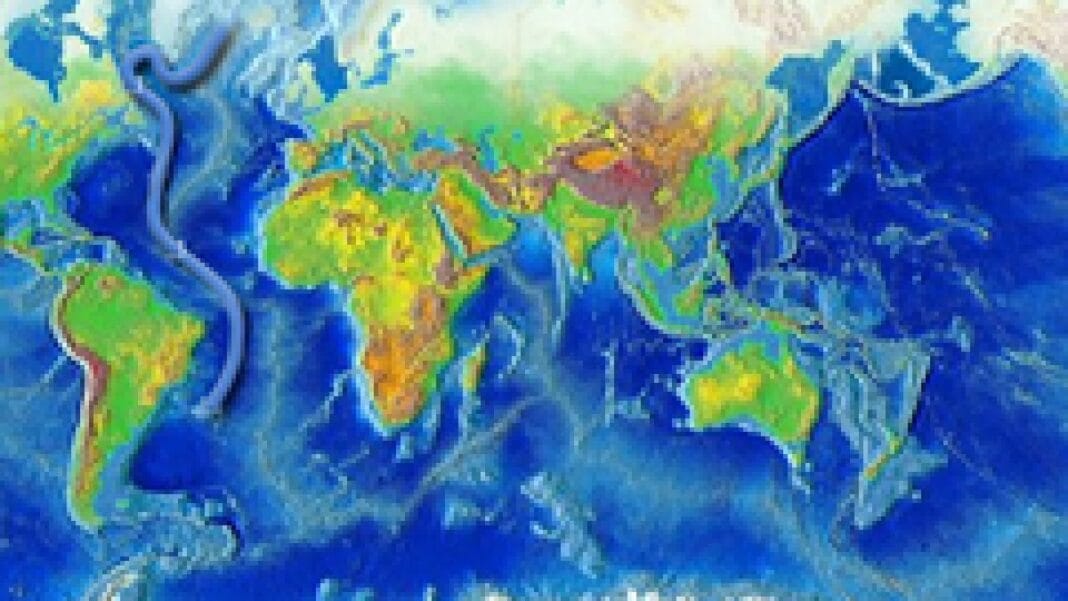Exploring Anomalies in Ocean Currents: A Review
Dive into the depths of oceanic mysteries as a groundbreaking study challenges long-standing theories on wind-driven currents. Join us as we unravel the findings from the Bay of Bengal that could reshape our understanding of global ocean behaviors.
Ekman’s Theory and Its Longstanding Influence
In 1905, Vagn Walfrid Ekman proposed a theory that revolutionized our comprehension of surface ocean currents. The Ekman theory posits that these currents deflect 45 degrees to the right in the Northern Hemisphere due to the Coriolis force, forming the iconic Ekman spiral. However, a recent study in the Bay of Bengal has unearthed a stunning contradiction to this established principle.
Findings from the Bay of Bengal
Data spanning several years from a buoy stationed off India’s eastern coast revealed an unexpected phenomenon – ocean currents veering leftward in defiance of Ekman’s predictions. This anomaly has spurred discussions on the influence of local factors like unique wind patterns and ocean dynamics in shaping regional currents.
Implications for Climate Models
The implications of this discovery extend beyond oceanography, potentially impacting climate modeling efforts worldwide. As researchers contemplate the deployment of advanced satellite systems to monitor these deviations, a new era of understanding global oceanic patterns may be on the horizon.
Conclusion
The study in the Bay of Bengal has shed light on the complexities of oceanic systems, urging a reevaluation of established models in the face of evolving environmental dynamics. As we navigate the uncharted waters of global warming, a deeper comprehension of wind-driven currents is essential for safeguarding our planet’s future.
FAQs
1. What is the Ekman theory?
The Ekman theory, proposed by Vagn Walfrid Ekman in 1905, explains the deflection of surface ocean currents due to the Coriolis force, shaping the iconic Ekman spiral.
2. What were the findings in the Bay of Bengal?
Data revealed leftward veering ocean currents in the Bay of Bengal, contradicting Ekman’s predictions and highlighting the role of local factors in shaping regional patterns.
3. How do these findings impact climate models?
The study’s implications extend to climate modeling efforts globally, emphasizing the need for revisiting established models to incorporate deviations in oceanic behaviors.
Tags
ocean currents, Ekman theory, climate modeling, Bay of Bengal, wind-driven currents

